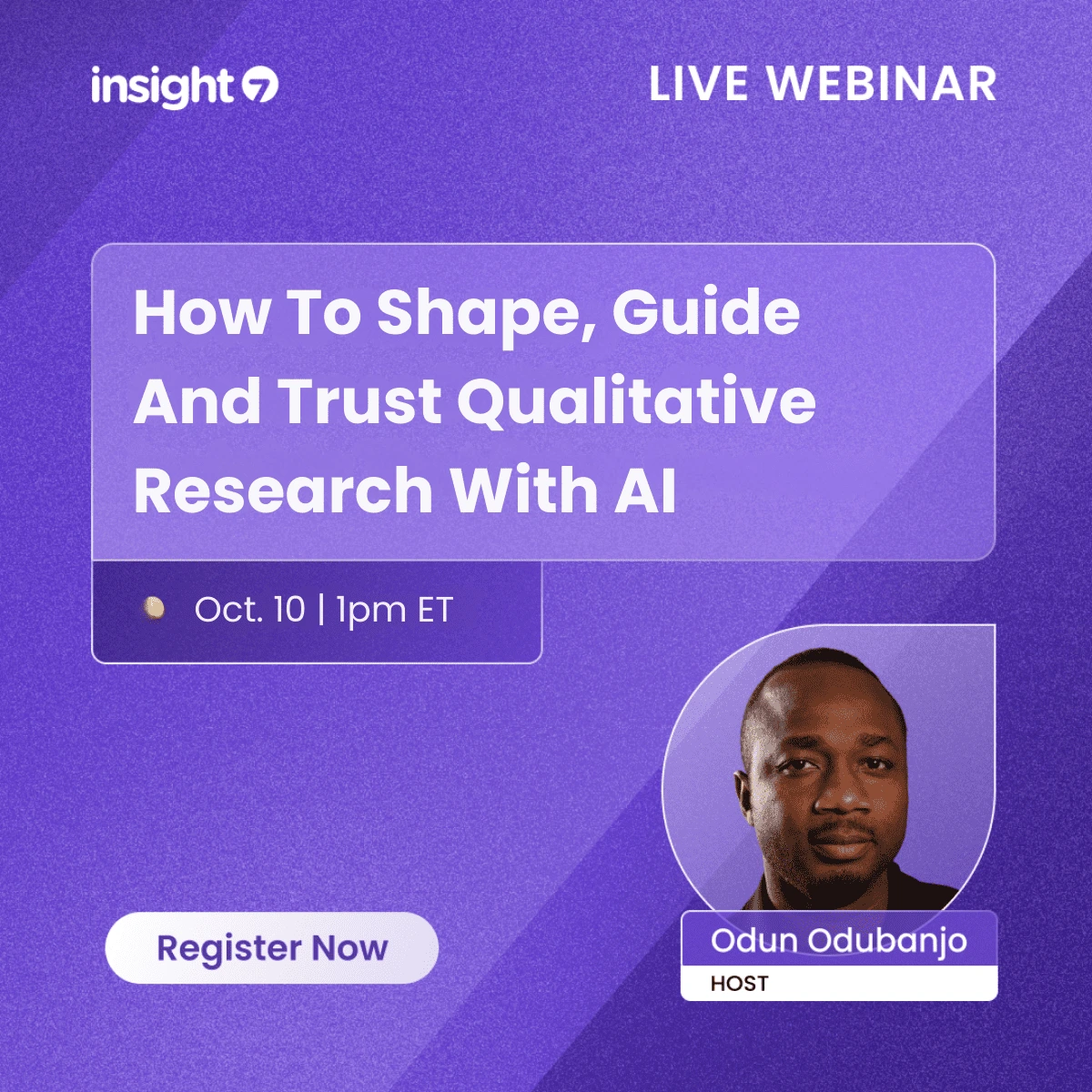Call Center Coaching Strategies Based on Voice Analytics Insights
-
Bella Williams
- 10 min read
Unlock the potential of voice analytics to enhance coaching strategies in call centers. This guide explores how voice analytics can transform coaching approaches, driving improved agent performance, customer satisfaction, and operational efficiency. Discover actionable insights and best practices to implement voice analytics effectively within your organization.
The Role of Voice Analytics in Modern Call Center Operations
Voice analytics has become essential for modern call centers as it provides real-time insights into agent performance, customer sentiment, and conversation dynamics. By leveraging this technology, organizations can shift from reactive coaching methods to proactive strategies that enhance agent skills and improve customer interactions.
Voice analytics captures and analyzes voice data, allowing for the identification of trends, patterns, and areas for improvement. This approach fundamentally changes traditional coaching processes, making them data-driven and focused on continuous improvement.
The integration of voice analytics fosters alignment across various teams, including operations, training, and quality assurance, creating a unified approach to agent development.
To implement voice analytics effectively, organizations need a robust data infrastructure, skilled personnel, and a culture that embraces data-driven decision-making.
Understanding Voice Analytics: Core Concepts
Voice analytics refers to the technology that analyzes voice data from customer interactions to extract actionable insights. It differs from traditional coaching methods that often rely on subjective evaluations, focusing instead on objective, data-driven assessments.
Core Capabilities: This approach enables organizations to:
- Enhance Agent Performance: Identify specific areas for improvement based on real interactions.
- Improve Customer Satisfaction: Understand customer emotions and sentiments to tailor responses.
- Streamline Training Processes: Develop targeted training programs based on analytics insights.
- Increase Operational Efficiency: Optimize call handling processes and reduce average handling times.
- Facilitate Compliance Monitoring: Ensure adherence to company policies and regulatory requirements.
Strategic Value: Voice analytics enables proactive decision-making by providing insights that align coaching efforts with organizational goals.
Why Are Call Centers Investing in Voice Analytics?
Context Setting: Organizations are transitioning from outdated coaching methods to data-driven approaches that leverage voice analytics for enhanced performance.
Key Drivers:
- Data-Driven Insights: Traditional methods often overlook critical performance metrics, leading to ineffective coaching.
- Speed of Adaptation: Voice analytics allows for real-time feedback, enabling quicker adjustments to coaching strategies.
- Personalization of Coaching: Tailored coaching based on individual agent performance enhances engagement and effectiveness.
- Operational Optimization: Voice analytics identifies bottlenecks and inefficiencies, allowing for targeted improvements.
- Regulatory Compliance: Ensures that agents follow compliance guidelines through automated monitoring.
Data Foundation for Voice Analytics
Foundation Statement: A reliable voice analytics system requires high-quality audio data, a comprehensive data management strategy, and advanced analytical tools.
Data Sources: A multi-modal approach enhances accuracy by incorporating diverse data inputs:
- Call Recordings: Primary source of voice data for analysis.
- CRM Data: Customer profiles and interaction histories.
- Agent Performance Metrics: Historical performance data for benchmarking.
- Feedback Surveys: Customer satisfaction scores and agent feedback.
- External Data Sources: Market trends and industry benchmarks.
Accuracy Benefit: A comprehensive data approach leads to more reliable insights and better decision-making.
Key Components of a Voice Analytics Stack
Stack Overview: The voice analytics stack consists of several critical layers that work together to deliver actionable insights.
Component Descriptions:
- Data Capture: Records voice interactions and gathers metadata.
- Speech Recognition: Converts speech to text for analysis.
- Sentiment Analysis: Evaluates emotional tone and customer sentiment.
- Pattern Recognition: Identifies recurring themes and behaviors in conversations.
- Reporting and Visualization: Presents insights in an easily digestible format for stakeholders.
Quality Emphasis: The effectiveness of voice analytics relies on the quality of data collected and the interpretability of insights generated.
Success Dependency: The overall success of voice analytics initiatives hinges on the quality of input signals and the analytical capabilities of the tools used.
How Does Voice Analytics Work Step by Step?
Step 1: Data Collection
Collect voice data from customer interactions through call recordings and integrate it with relevant CRM data.
Step 2: Data Processing
Utilize speech recognition technology to convert voice data into text format for further analysis.
Step 3: Analysis
Conduct sentiment analysis and pattern recognition to identify key trends and performance metrics.
- Sentiment Detection: Gauge customer emotions.
- Common Objections: Identify frequent customer concerns.
- Effective Phrases: Highlight phrases that lead to successful outcomes.
Step 4: Learning and Training
Leverage historical data to train machine learning models that improve the accuracy of future analyses.
Step 5: Real-Time Processing
Implement real-time analytics to provide immediate feedback to agents during calls.
Step 6: Output and Recommendations
Deliver actionable insights and coaching recommendations to supervisors and agents.
- Performance Dashboard: Visual representation of agent performance metrics.
- Coaching Alerts: Notifications for areas needing immediate attention.
- Custom Training Modules: Personalized training resources based on insights.
Voice Analytics Application Areas and Use Cases
Use Case 1: Performance Enhancement
- Prediction Method: Analyze past interactions to predict future performance.
- Recommended Action: Implement targeted coaching sessions based on identified weaknesses.
Use Case 2: Customer Experience Improvement
- Analysis Approach: Use sentiment analysis to assess customer satisfaction.
- Follow-Up Action: Provide agents with tailored scripts to address common issues.
Use Case 3: Compliance Monitoring
- Identification Method: Monitor calls for adherence to compliance guidelines.
- Proactive Intervention: Schedule refresher training for agents who frequently violate protocols.
Use Case 4: Training Optimization
- Forecasting Approach: Predict training needs based on performance trends.
- Optimization Action: Allocate resources to high-need areas identified through analytics.
Use Case 5: Sales Strategy Development
- Method Description: Analyze sales calls to identify successful techniques.
- Resulting Action/Benefit: Share best practices across the team to boost sales performance.
Platform and Tool Selection for Voice Analytics
Selecting the right platform is crucial for effective implementation of voice analytics. Look for tools that offer robust data integration capabilities, advanced analytics features, and user-friendly interfaces.
Comparison Table:
| Feature | Insight7 | Traditional Alternative |
|---|---|---|
| Real-Time Analytics | Yes | Limited |
| Sentiment Analysis | Advanced | Basic |
| Reporting Tools | Comprehensive | Standard |
| User Interface | Intuitive | Complex |
| Integration Options | Extensive | Limited |
Common Pitfalls in Voice Analytics Implementation
Context Warning: Many organizations face challenges when implementing voice analytics due to a lack of strategy or understanding of the technology.
Major Pitfalls:
- Overlooking Data Quality: Poor data quality leads to inaccurate insights and ineffective coaching.
- Stakeholder Misalignment: Failure to align goals across teams can result in fragmented efforts.
- Neglecting Training: Insufficient training on new tools can hinder adoption and effectiveness.
- Integration Challenges: Difficulties in integrating voice analytics with existing systems can limit its utility.
Success Foundation: Avoiding these pitfalls requires a comprehensive strategy that includes stakeholder engagement and continuous improvement.
How Do You Get Started with the Recommended Tool?
Step 1: Integration
Assess integration capabilities with existing call center software and CRM systems.
Step 2: Data Synchronization
Ensure synchronization of historical data for accurate baseline analysis.
Step 3: Configuration
Customize the platform settings to align with organizational goals and performance metrics.
Step 4: Training
Conduct training sessions for agents and supervisors to familiarize them with the tool.
Step 5: Customization
Develop tailored dashboards and reports for different stakeholders based on their needs.
Step 6: Ongoing Optimization
Establish a process for continuous review and optimization of analytics strategies based on feedback and performance metrics.
Optimal Voice Analytics Configuration and Setup
ROI Optimization: Maximize return on investment by ensuring the voice analytics system aligns with business objectives.
Best Practices:
- Diverse Data Sources: Incorporate a variety of data inputs for comprehensive analysis.
- Stakeholder Involvement: Engage stakeholders in the implementation process to ensure alignment.
- Historical Data Utilization: Leverage historical data to inform current practices.
- Regular Review Cadence: Schedule periodic reviews to assess the effectiveness of analytics.
- Automation Integration: Automate routine reporting to save time and resources.
Building a Voice Analytics Strategy That Scales
A scalable voice analytics strategy requires cross-functional collaboration and a clear definition of objectives across teams.
Identify the diverse data types that will feed into the voice analytics system to enhance model accuracy. Implement prioritization strategies and automated feedback mechanisms to ensure continuous improvement.
Ongoing refinement is essential to adapt to changing market dynamics and customer expectations, making voice analytics a critical learning system.
Voice Analytics Benchmarks and Success Metrics
Evaluation Framework: Establish clear benchmarks to measure the impact of voice analytics on call center performance.
Core Metrics:
- Customer Satisfaction Score (CSAT) (measures customer happiness post-interaction)
- First Call Resolution Rate (FCR) (measures the percentage of issues resolved on the first call)
- Average Handling Time (AHT) (measures the average duration of calls)
- Agent Performance Scores (evaluates individual agent effectiveness based on analytics)
- Compliance Adherence Rate (monitors adherence to regulatory requirements)
Universal Principle: The key to success lies in leveraging insights from voice analytics to drive better decisions and actions.
Frequently Asked Questions
Q: What is voice analytics?
A: Voice analytics is the technology that analyzes voice data from customer interactions to derive actionable insights and improve performance.
Q: How does voice analytics differ from traditional coaching methods?
A: Unlike traditional methods that rely on subjective evaluations, voice analytics provides objective, data-driven insights that enhance coaching effectiveness.
Q: What platforms support voice analytics integration?
A: Many modern CRM and call center software solutions offer integration capabilities with voice analytics platforms.
Q: What data is required for effective voice analytics?
A: Ideal data sources include call recordings, CRM data, agent performance metrics, and customer feedback.
Q: How long does it take to see results from voice analytics?
A: Implementation speed varies, but organizations can typically see initial insights within a few weeks of deployment.
Q: What security measures are in place for voice analytics?
A: Voice analytics platforms adhere to industry-standard security protocols and compliance regulations to protect sensitive data.
Q: What are the common challenges in implementing voice analytics?
A: Challenges include data quality issues, stakeholder misalignment, and integration difficulties.
Conclusion
Voice analytics is essential for scaling call center operations and enhancing coaching strategies. By leveraging the right tools and methodologies, organizations can drive measurable improvements in agent performance and customer satisfaction.
Tool Recommendation: Implementing a robust voice analytics platform enables call centers to achieve their performance goals through data-driven insights.







